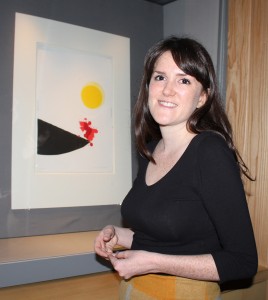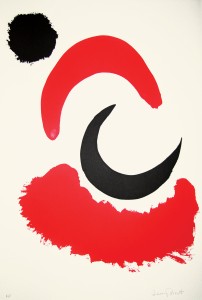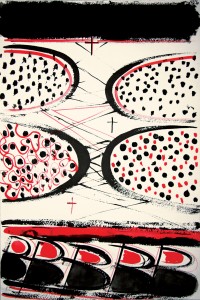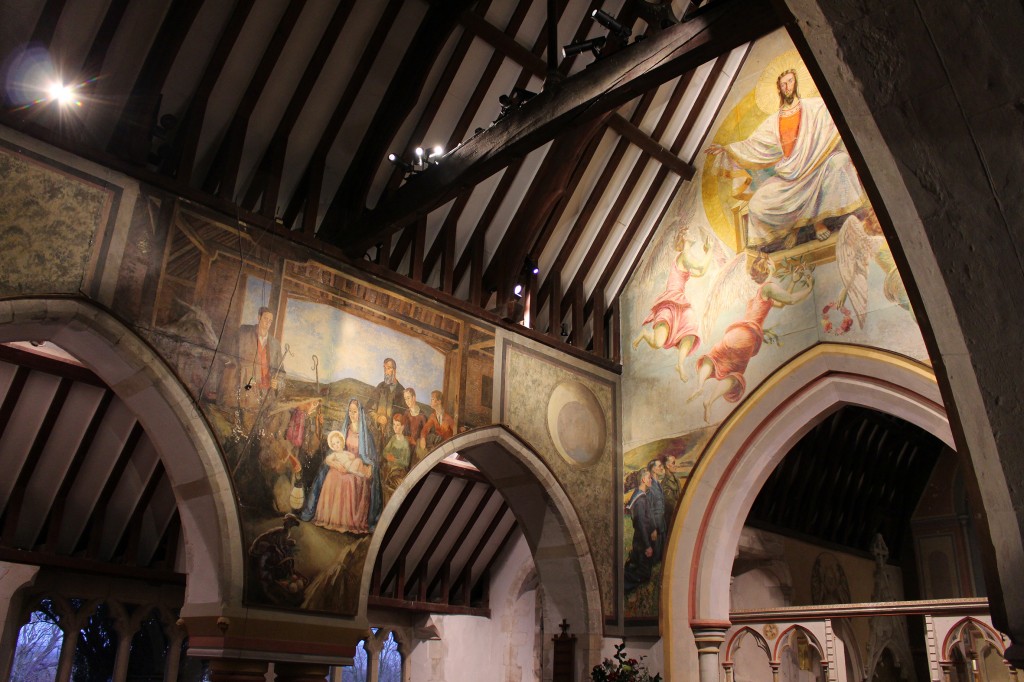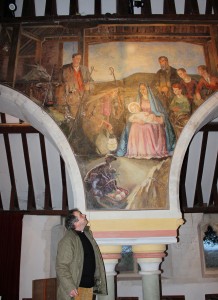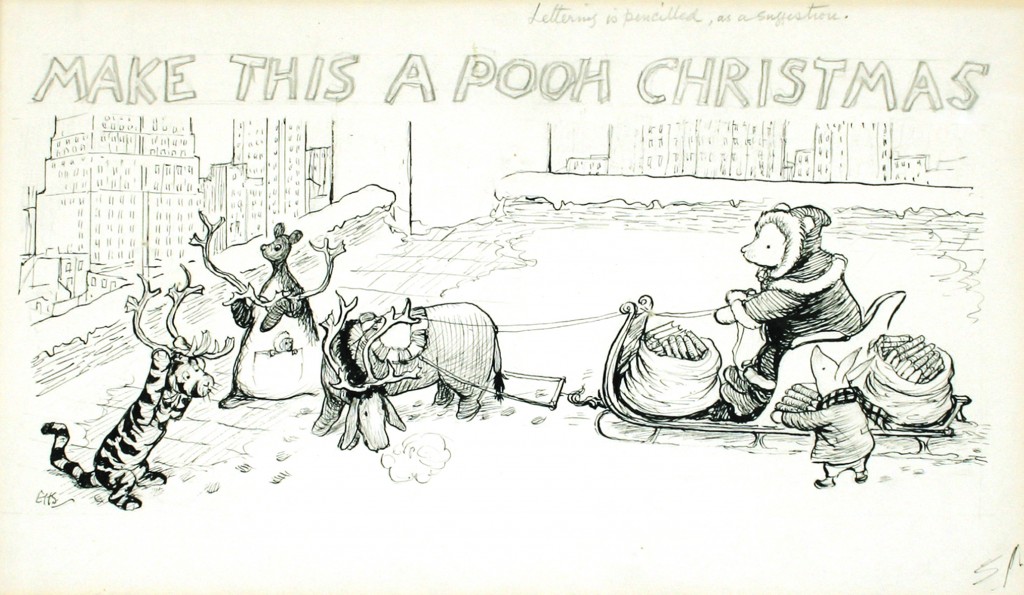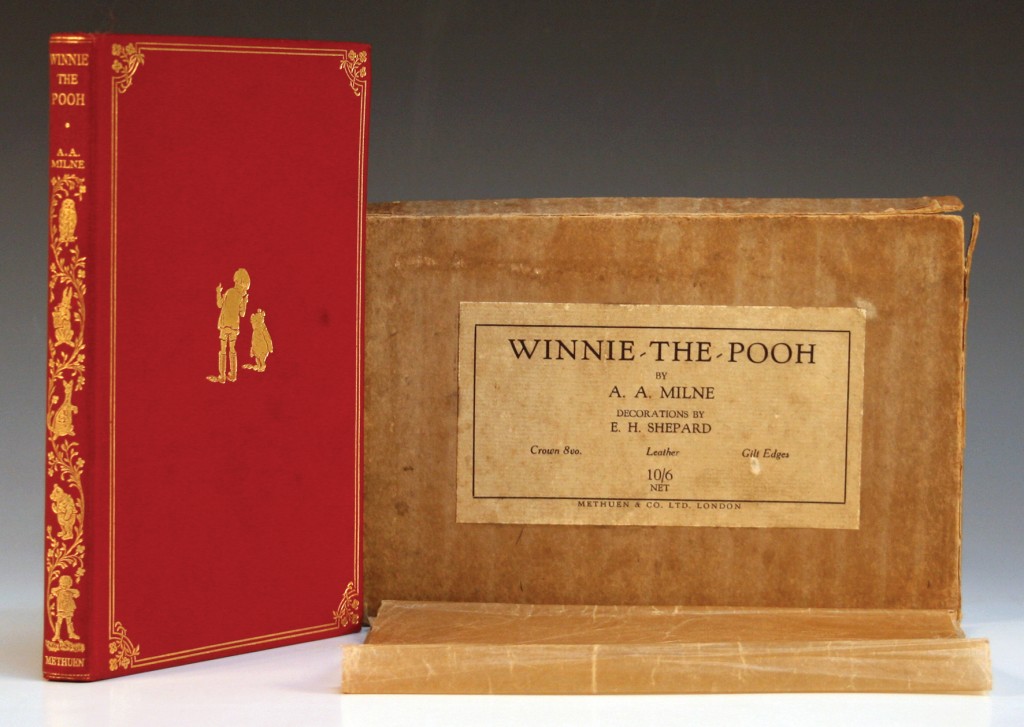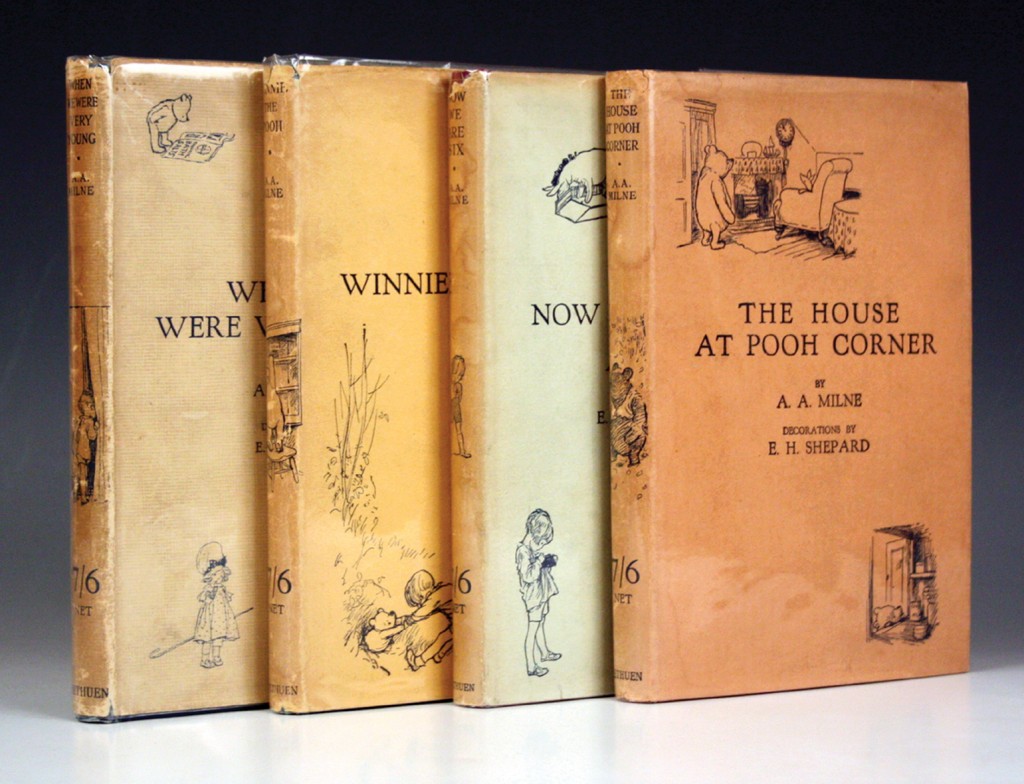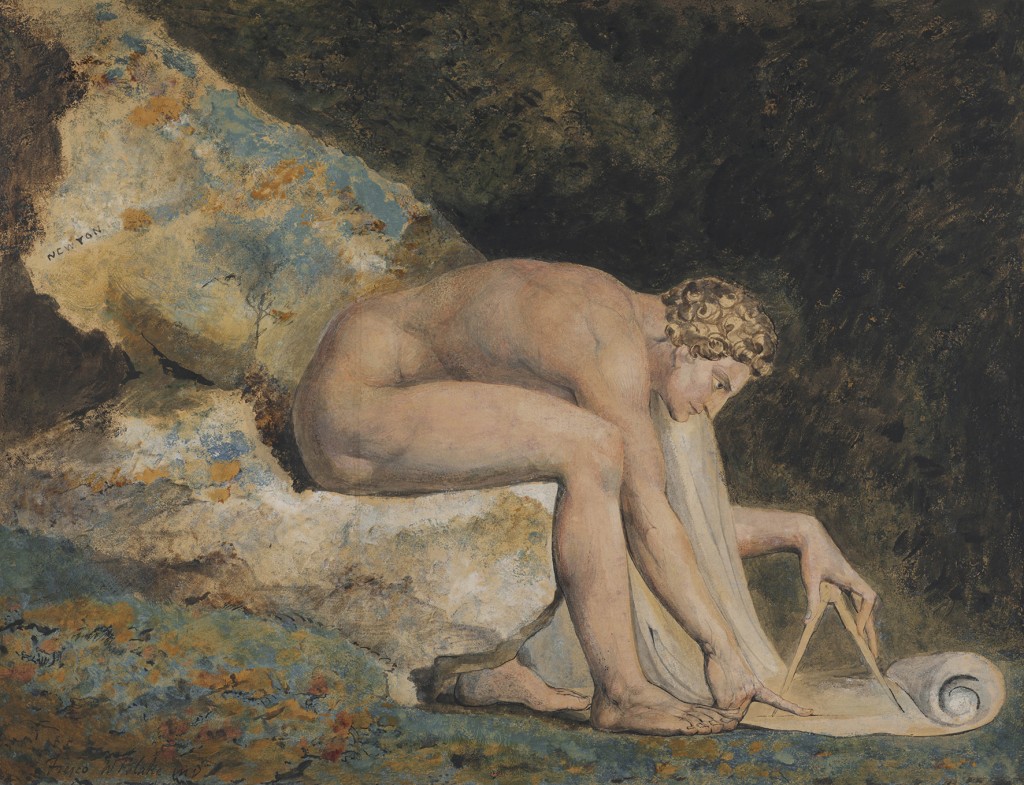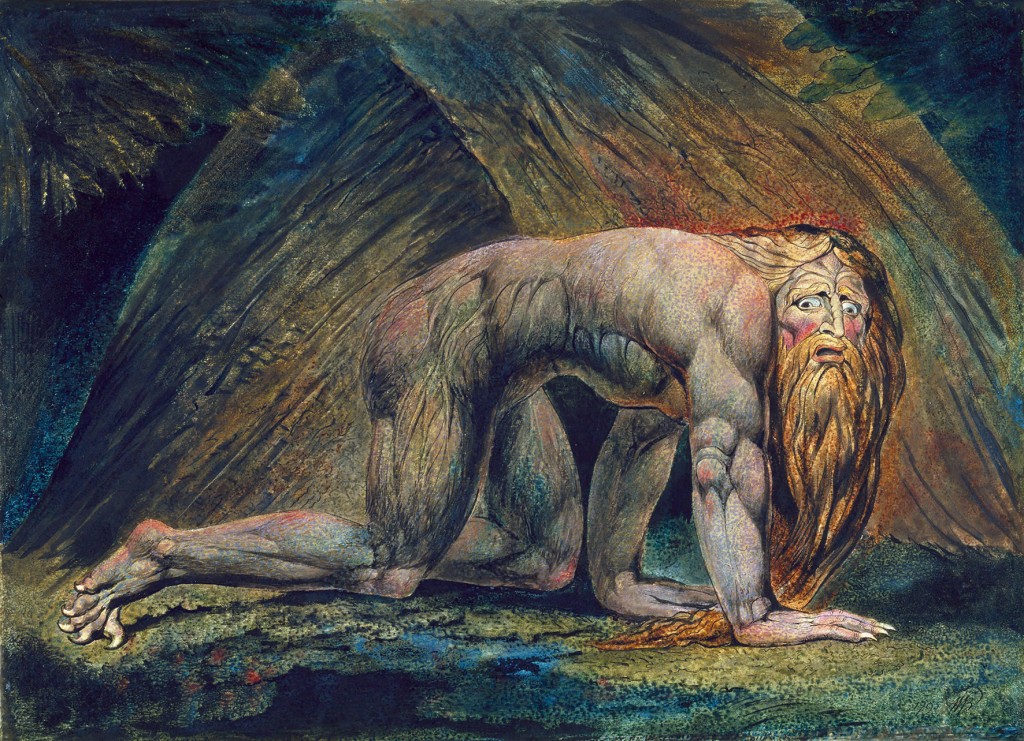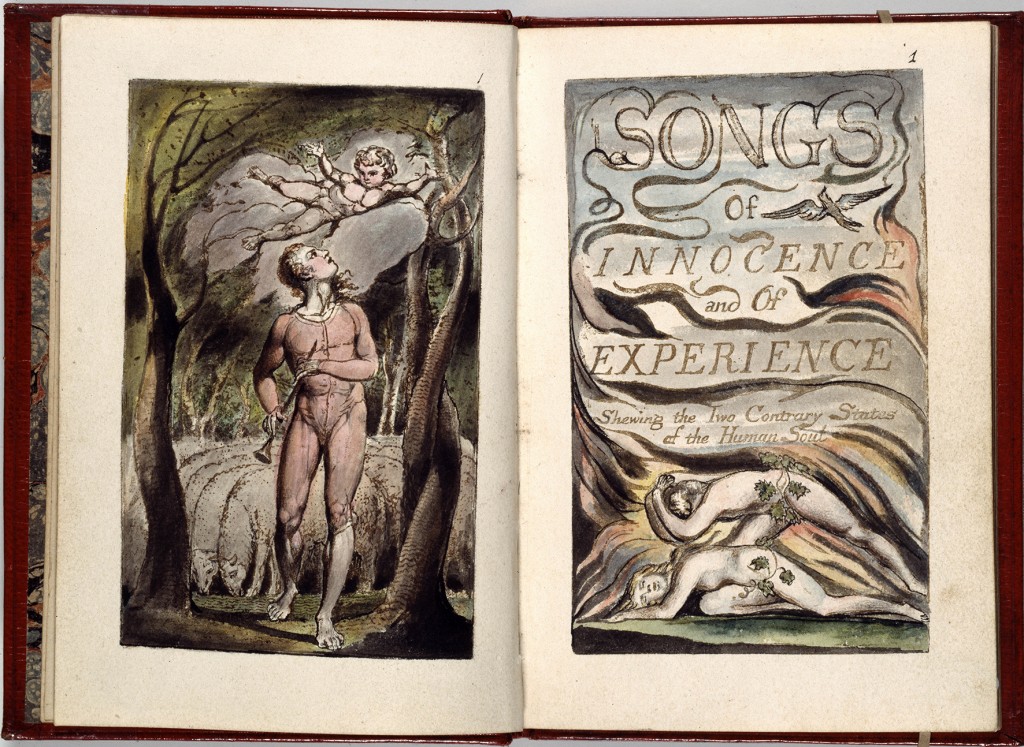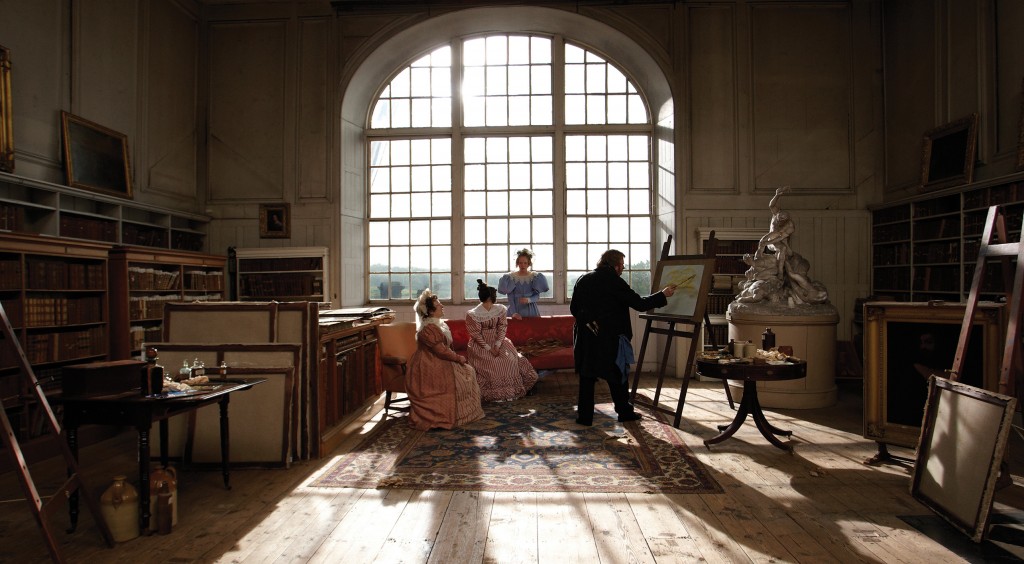
Mike Leigh’s textural depiction of the life and work of Joseph Mallord William Turner (1775-1851) in his award-winning film Mr. Turner has been brought to life in an exhibition at Petworth House. This fascinating show runs until 11th March 2015. It brings together rarely seen works by J.M.W. Turner with props, costumes and paintings from the film by the actor Timothy Spall.
Andrew Loukes, Curator of Collections and Exhibitions at Petworth House, is clearly excited by Mr. Turner – an exhibition, which he has co-curated with Dr Jacqueline Riding. Andrew enthuses: “Mike Leigh’s work on Mr. Turner at Petworth is arguably the most significant cultural moment at the ‘house of art’ since Turner himself was a frequent guest here in the 1820s and 30s.” The third Earl of Egremont was amongst the most important English patrons of art in the late 18th and early 19th centuries. The film Mr. Turner has provided the opportunity to re-examine the important role that Petworth and the third Earl played in Turner’s later work.
As we walk up the Old Library staircase in conversation, I remark on one of my favourite scenes in the film, in which Turner stands painting at his easel in this library with three ladies, bathed in light from the arched window. As we reach the landing, we are greeted by the very same scene and light. Andrew smiles and explains, “Mike Leigh wanted to recreate some of Turner’s iconic pictures. Turner painted several sketches of this room.”
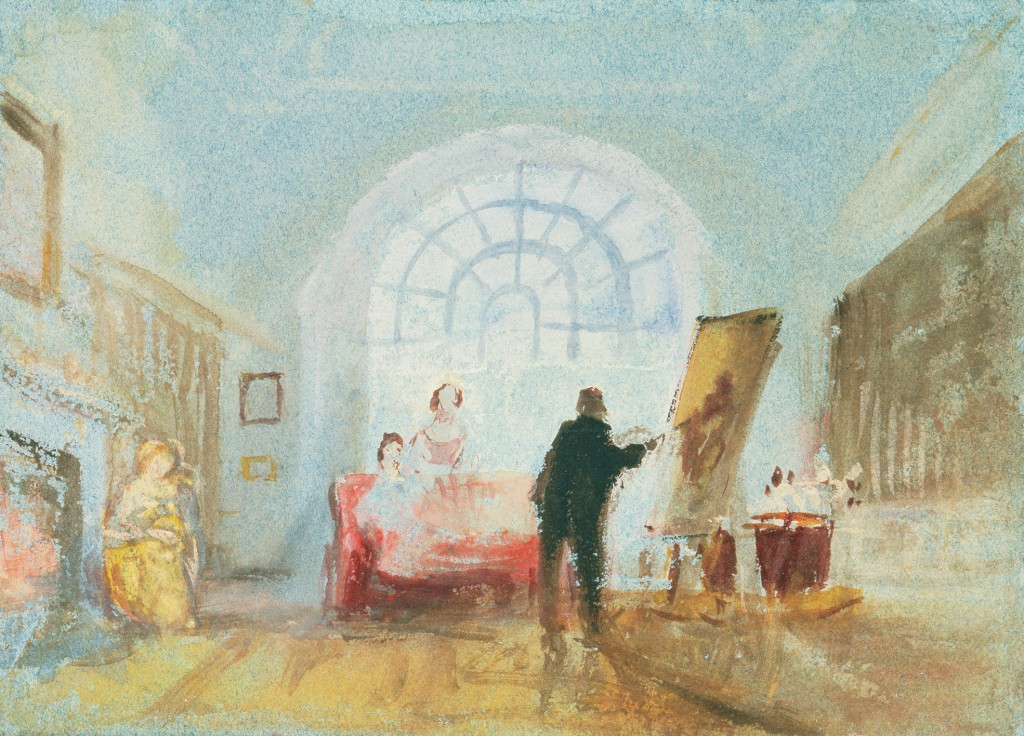
The Old Library is often called ‘Turner’s Studio’. This particular scene is taken from Turner’s luminous gouache of 1827, titled The Old Library: The Artist and his Admirers. Here three ladies watch as the artist paints. Turner’s delight is obvious in his depiction of light, colour and movement. It provides the viewer with a remarkable impression of a particular moment in time. The sketch is one of a number produced by Turner in the autumn of 1827. Painted for his own pleasure, they illustrate life behind the scenes at Petworth House.
Timothy Spall studied under London artist Tim Wright for two years as part of his preparation for the role of Turner. His vigorous performance in the film convincingly reflects something of the practical physicality of creating art and it is surprising to see the level of accomplishment in his paintings and drawings first hand. Spall depicts J.M.W. Turner as an artist consumed by his art, confident, eccentric, prosperous, forthright, both detached and tender in his personal relationships.
Like the film, the exhibition offers a revealing and very personal insight into the character of this great artist. Andrew reverentially shows me Turner’s leather watercolour pouch, which is one of the objects on display. Although worn, it shines, displaying the patina of years of use and handling by the artist himself.
As Andrew and I continue around the exhibition into the Carved Room with its Turners, Grinling Gibbons carvings and costumes from the film, it becomes apparent that I am in the company of a man whose depth of understanding and love of the collections he curates at Petworth House have rooted him in this place in a very particular way. He remarks, “I am excited to be able to expand the exhibition offer at Petworth, based around the remarkable collections here.” Andrew Loukes’ quiet passion, vision and dedication are bringing life to this important house and its collections and he deserves our thanks.
Demand for tickets for Mr. Turner – an exhibition at Petworth House is expected to be high, so book your tickets early! For more information go to www.nationaltrust.org.uk/petworth-house and to book tickets telephone 0844 249 1895.
By Revd. Rupert Toovey. Originally published on 14th January 2015 in the West Sussex Gazette.
